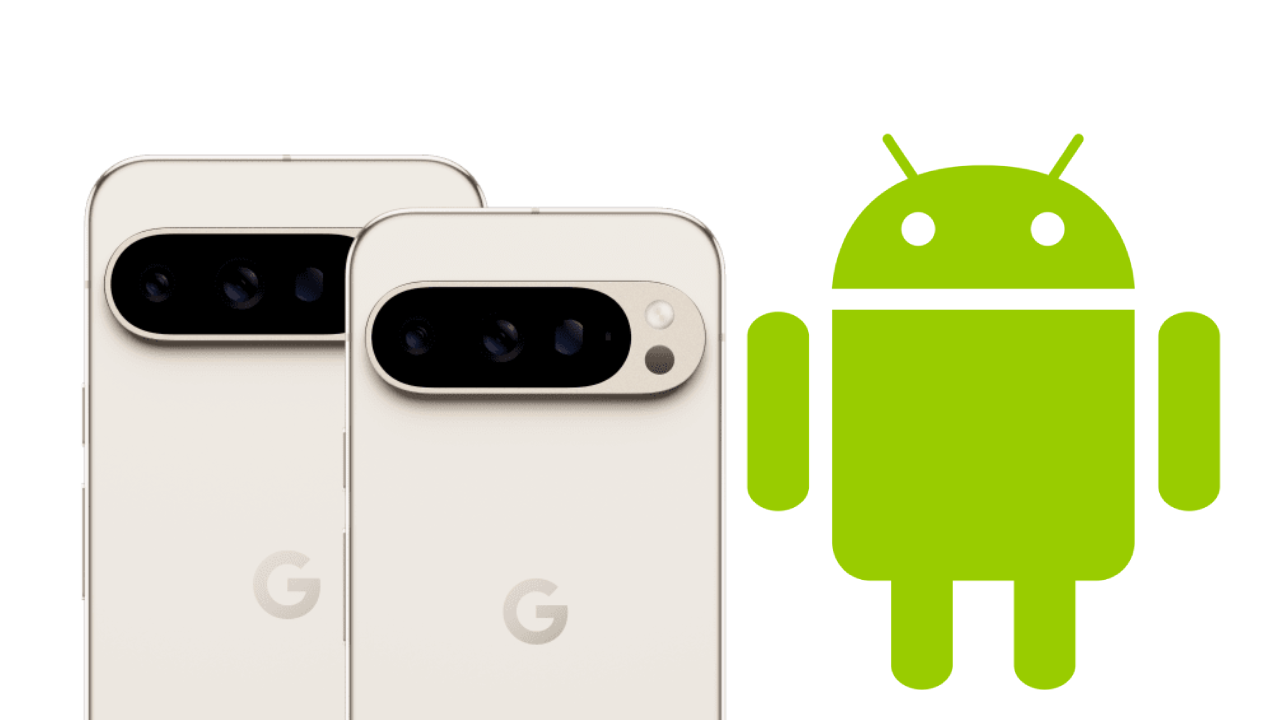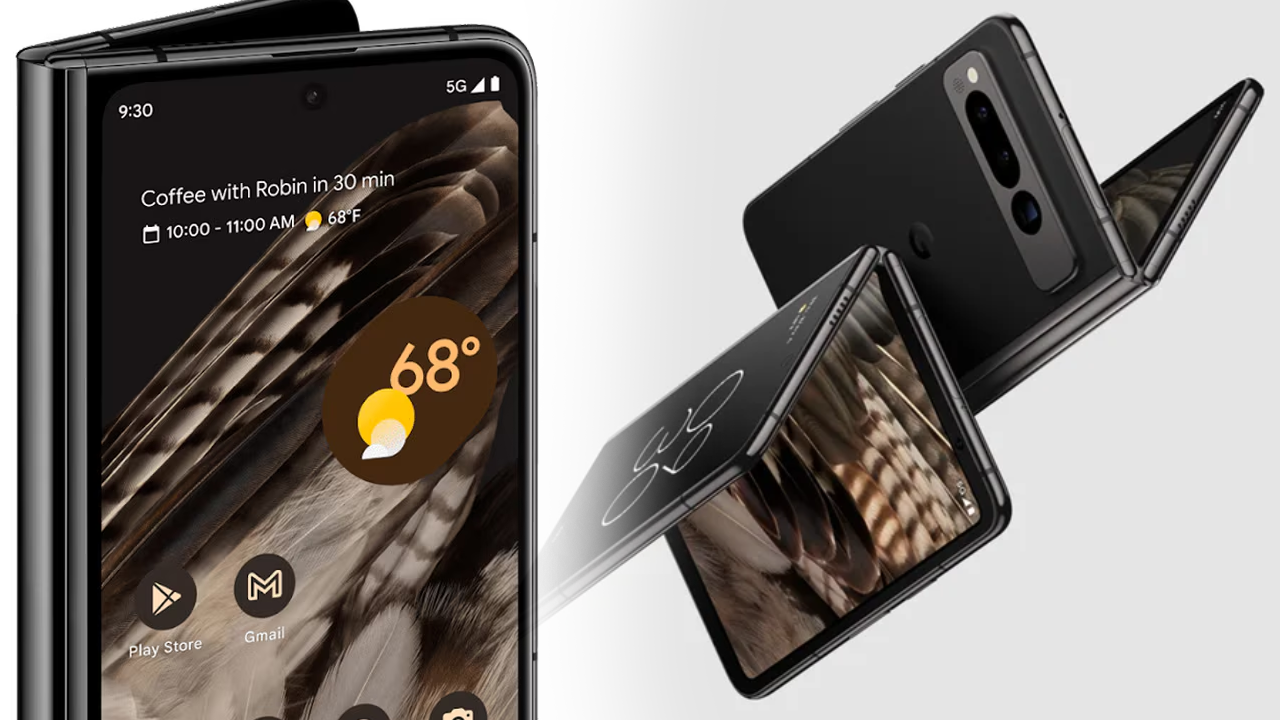The tech world continues to evolve at an incredible pace, and one of the most significant markers of that evolution is the regular release of operating system updates. These updates introduce new features, improve user experience, and enhance security. One of the most awaited software updates of the year, Android 15, has finally been rolled out to Google’s Pixel devices. Although Android 15 was technically launched in September, its availability on Pixel phones and tablets is a major event for tech enthusiasts.
Android 15 officially debuted in September through the Android Open Source Project (AOSP), but it wasn’t immediately available for consumer devices. This is a common practice in the tech industry, as it allows developers to explore the code, tweak apps, and ensure compatibility before an official rollout to users. Now, however, Android 15 is available for Pixel devices, including the latest Pixel phones and tablets.
With each new iteration of Android, Google aims to make the operating system not only more feature-rich but also more secure and easier to use. Android 15 is no exception to this trend, offering a slew of security improvements, privacy upgrades, and enhancements designed specifically for foldables and tablets. These features reflect Google’s vision for a mobile operating system that adapts to users’ evolving needs.

Table of Contents
Privacy and Security Take Center Stage
One of the key highlights of Android 15 is its focus on privacy and security. In an age where our digital privacy is constantly under threat from cybercriminals, intrusive advertising, and sometimes even our own social circles, Google has made significant strides to protect users.
The Private Space Feature
A standout feature in Android 15 is the ability to create a “private space” for apps. This feature is aimed at helping users hide apps they want to keep out of sight, ensuring that certain applications remain discreet. Google specifically mentions social, dating, and banking apps as examples of apps users might want to place in this hidden space.
Once an app is placed in this private space, it will no longer appear in recent apps, notifications, or settings menus. This ensures a much higher level of discretion than simply using screen locks or app passwords. To access the private space, users will need to provide an additional layer of authentication—beyond their standard phone lock. Moreover, Google allows users to hide the very existence of this private space, which means that nobody would even know it’s there unless explicitly informed.
For users who often share their phones with friends, family members, or colleagues, the private space provides a much-needed tool for maintaining privacy. Whether you’re protecting sensitive work-related information or keeping personal matters out of sight, this new feature empowers users with greater control over their data and digital life.
Theft Detection Lock
Another critical feature introduced in Android 15 is the Theft Detection Lock. Leveraging artificial intelligence (AI), this tool enables your phone to automatically lock itself if it detects that it has been stolen. This feature is incredibly useful, as it offers a proactive security measure that can potentially prevent unauthorized access to personal data in the event of theft.
Theft Detection Lock is designed to work seamlessly in the background, relying on a combination of motion sensors, usage patterns, and AI to determine when suspicious activity might be occurring. While the exact details of how the AI makes its determination haven’t been fully disclosed, it’s clear that Google is prioritizing device security by employing advanced technology.
Remote Lock
In addition to Theft Detection Lock, Android 15 also introduces a Remote Lock feature. With this tool, you can lock your device remotely using another Android phone, your phone number, and a quick security check. This provides an extra layer of security if you’ve misplaced your phone or fear that it has fallen into the wrong hands. For users who have multiple Android devices or who rely heavily on Google’s ecosystem, Remote Lock adds a significant measure of convenience and peace of mind.
What’s even better is that Google has confirmed that these features will be available not just on Android 15, but also on many devices running Android 10 and newer. This backward compatibility ensures that a large user base will benefit from the new security enhancements, making the overall Android ecosystem more secure.

Multitasking and Flexibility for Foldables and Tablets
As smartphones and tablets continue to evolve, Google has paid special attention to devices that fall into the foldable category. These devices, which offer a hybrid experience between traditional phones and tablets, require more thoughtful software optimization. With Android 15, Google has introduced new features that improve multitasking on foldables and tablets.
Pin and Unpin the Taskbar
One of the most useful features for foldable and tablet users in Android 15 is the ability to pin and unpin the taskbar. This offers more flexibility in terms of how users access their favorite apps. If you’re someone who needs to switch between apps frequently, the pinned taskbar allows for faster access to frequently used apps, which can streamline multitasking.
By contrast, if you prefer a cleaner, more minimalist interface, you can unpin the taskbar and enjoy more screen real estate. This feature is particularly valuable for those who use larger displays and want the flexibility to choose how their screen is utilized.
App Pairing for Enhanced Multitasking
Android 15 also makes multitasking easier with a new app pairing feature. If you frequently use two apps side by side, you can now create an app pairing that allows you to launch both apps simultaneously with a single tap. This is ideal for users who often multitask on their devices — for instance, pairing a note-taking app with a web browser or messaging app with a video player.
The ability to save these app pairings as a shortcut makes it much more efficient to switch between tasks, and it enhances the overall user experience for those who depend on their foldable or tablet devices for productivity. While multitasking has always been an option on Android devices, these new features in Android 15 take it to the next level by allowing users to tailor the experience to their needs.
Google’s Pixel Feature Drop
Alongside the rollout of Android 15, Google has also announced its latest Pixel feature drop for October. These feature drops are essentially software updates that bring new tools and enhancements to Pixel devices, and they have become a regular part of Google’s strategy for keeping its hardware competitive.
Night Sight for Instagram
One of the most exciting updates in the October feature drop is the introduction of Night Sight for Instagram. Night Sight is Google’s popular low-light photography mode, and now it’s available for use directly within the Instagram app. This feature allows users to take clearer, brighter photos in low-light conditions, which is a game-changer for anyone who enjoys sharing nighttime or indoor shots on social media.
By bringing this feature directly to Instagram, Google is making it easier for users to create high-quality content without having to switch between apps or rely on third-party tools. Night Sight has already proven its effectiveness in the native Pixel camera app, and this integration into Instagram is likely to be a hit among users who value both convenience and quality.
Audio Magic Eraser
The October feature drop also brings more controls for Audio Magic Eraser, a tool that helps users remove unwanted background noise from their recordings. Whether you’re recording a podcast, filming a video, or simply capturing audio notes, background noise can often interfere with the clarity of your content. With the improved controls in Audio Magic Eraser, users can now fine-tune the audio to achieve cleaner, crisper results.
Google’s ongoing commitment to enhancing its audio tools speaks to the growing importance of content creation on mobile devices. With more and more users relying on their phones and tablets for media production, these updates make Pixel devices even more attractive to creators.
Media Transfer Between Pixel Devices
Another exciting upcoming feature is the ability to move media between a Pixel Tablet and a Pixel phone simply by holding the two devices next to each other. This functionality will be rolling out over the next few weeks, and it underscores Google’s efforts to make its devices more interconnected.
This feature is particularly useful for those who use multiple Pixel devices in their daily lives. Whether you’re transferring photos, videos, or other media, the seamless handoff between devices simplifies the process and saves time.